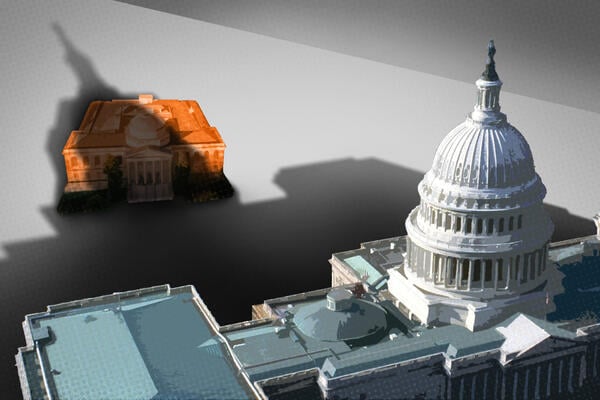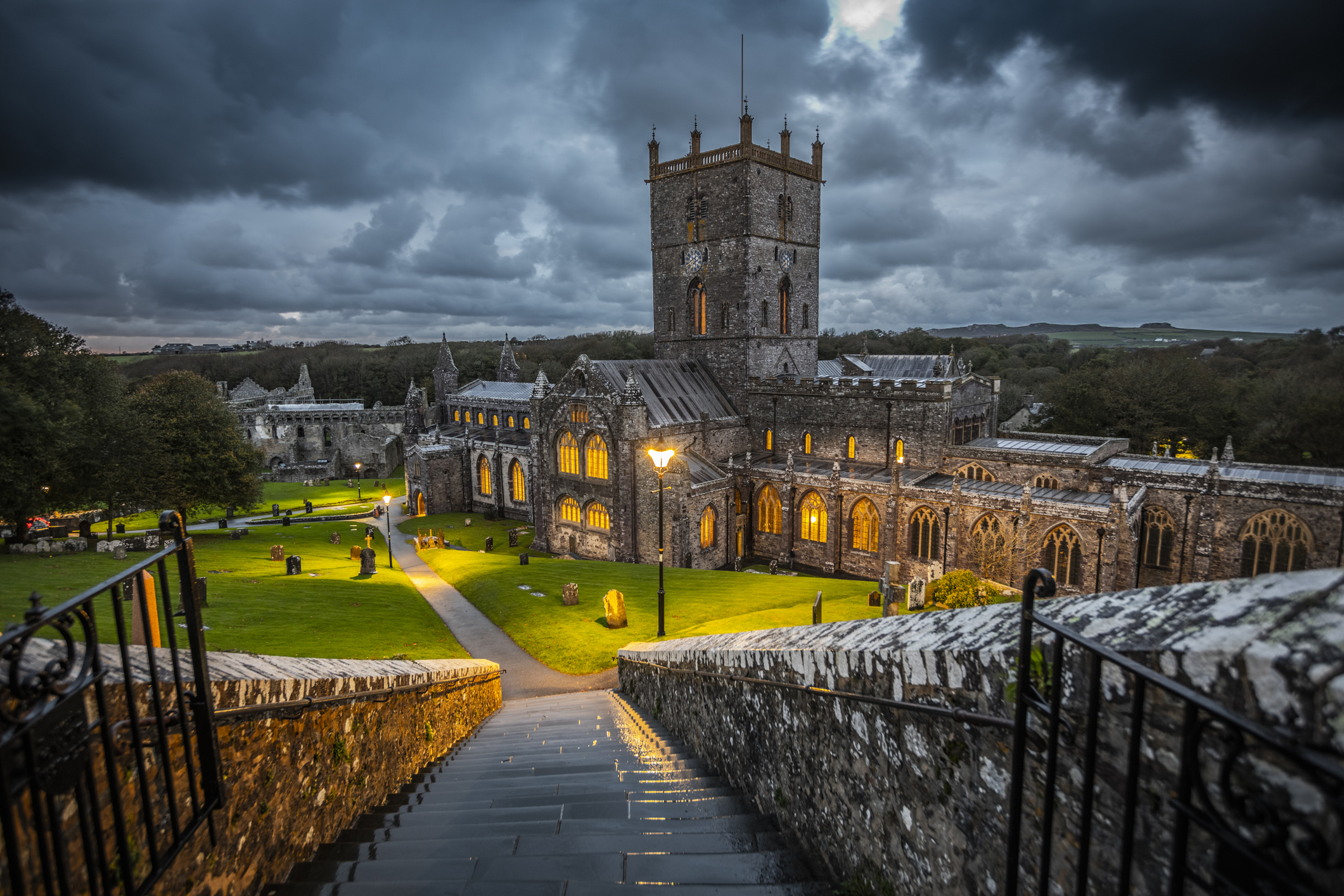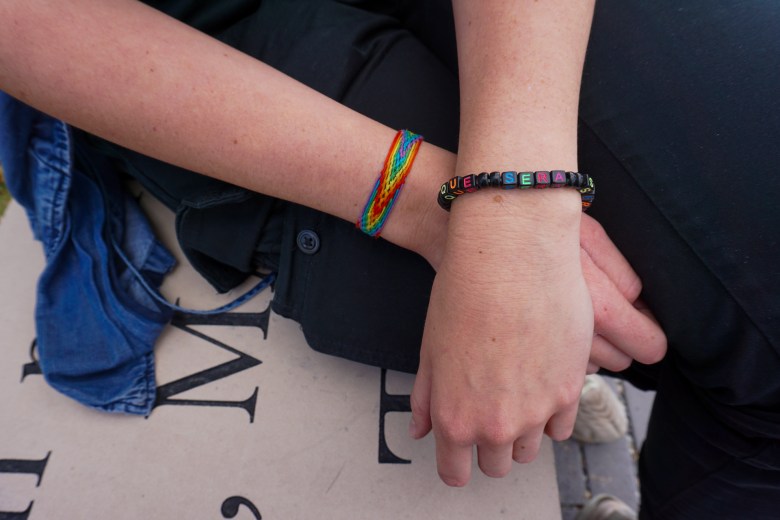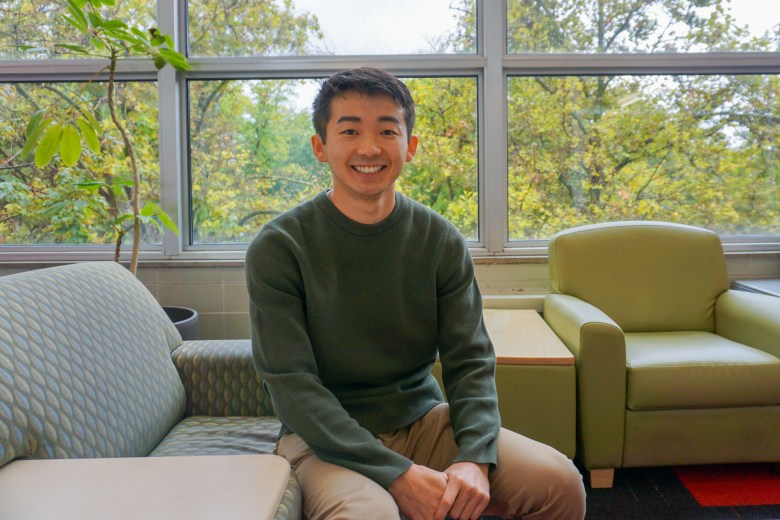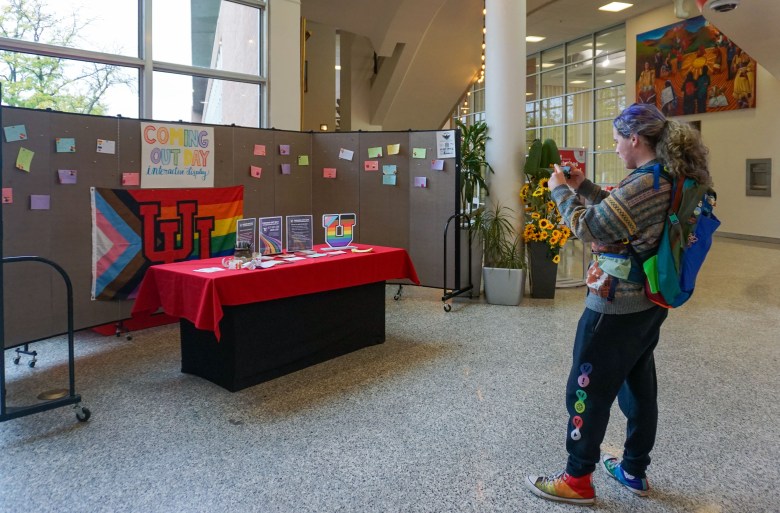Peter Goldsmith knows there’s a lot to love about soybeans. Although the crop is perhaps best known in America for its part in the stereotypically bougie soy milk latte, it plays an entirely different role on the global stage. Inexpensive to grow and chock-full of nutrients, it’s considered a potential solution to hunger and malnutrition.
For the past 12 years, Goldsmith has worked toward that end. In 2013, he founded the Soybean Innovation Lab at the University of Illinois at Urbana-Champaign, and every day since then, the lab’s scientists have worked to help farmers and businesses solve problems related to soybeans, from how to speed up threshing—the arduous process of separating the bean from the pod—to addressing a lack of available soybean seeds and varieties.
The SIL, which now encompasses a network of 17 laboratories, has completed work across 31 countries, mostly in sub-Saharan Africa. But now, all that work is on hold, and Goldsmith is preparing to shut down the Soybean Innovation Lab in April, thanks to massive cuts to the federal foreign aid funds that support the labs.
A week into the current presidential administration, Goldsmith received notice that the Soybean Innovation Lab, which is headquartered at the University of Illinois, had to pause operations, cease external communications and minimize costs, pending a federal government review.
Goldsmith told his team—about 30 individuals on UIUC’s campus that he described as being like family to one another—that, though they were ordered to stop work, they could continue working on internal projects, like refining their software. But days later, he learned the university could no longer access the lab’s funds in Washington, meaning there was no way to continue paying employees.
After talking with university administrators, he set a date for the Illinois lab to close: April 15, unless the freeze ended after the government review. But no review materialized; on Feb. 26, the SIL received notice its grant had been terminated, along with about 90 percent of the U.S. Agency for International Development’s programs.
“The University of Illinois is a very kind, caring sort of culture; [they] wanted to give employees—because it was completely an act of God, out of the blue—give them time to find jobs,” he said. “I mean, up until [Jan. 27], we were full throttle, we were very successful, phones ringing off the hook.”
The other 16 labs will likely also close, though some are currently scrambling to try to secure other funding.
Federal funding made up 99 percent of the Illinois lab’s funding, according to Goldsmith. In 2022, the lab received a $10 million grant intended to last through 2027.
Dismantling an Agency
The SIL is among the numerous university laboratories impacted by the federal freeze on U.S. Agency for International Development funds—an initial step in what’s become President Donald Trump’s crusade to curtail supposedly wasteful government spending—and the subsequent termination of thousands of grants.
Trump and Elon Musk, the richest man on Earth and a senior aide to the president, have baselessly claimed that USAID is run by left-wing extremists and say they hope to shutter the agency entirely. USAID’s advocates, meanwhile, have countered that the agency instead is responsible for vital, lifesaving work abroad and that the funding freeze is sure to lead to disease, famine and death.
A federal judge, Amir H. Ali, seemed to agree, ruling earlier this month that the funding freeze is doing irreparable harm to humanitarian organizations that have had to cut staff and halt projects, NPR and other outlets reported. On Tuesday, Ali reiterated his order that the administration resume funding USAID, giving them until the end of the day Wednesday to do so.
But the administration appealed the ruling, and the Supreme Court subsequently paused the deadline until the justices can weigh in. Now, officials appear to be moving forward with plans to fire all but a small number of the agency’s employees, directing employees to empty their offices and giving them only 15 minutes each to gather their things.
About $350 million of the agency’s funds were appropriated to universities, according to the Association of Public and Land-grant Universities, including $72 million for the Feed the Future Innovation Labs, which are aimed at researching solutions to end hunger and food insecurity worldwide. (The SIL is funded primarily by Feed the Future.)
It’s a small amount compared to the funding universities receive from other agencies, like the National Institutes of Health, also the subject of deep cuts by Trump and Musk. But USAID-funded research is a long-standing and important part of the nation’s foreign policy, as well as a resource for the international community, advocates say. The work also has broad, bipartisan support; in fiscal year 2024, Congress increased funding for the Feed the Future Initiative labs by 16 percent, according to Craig Lindwarm, senior vice president for government affairs at the APLU, even in what he characterized as an extremely challenging budgetary environment.
Potential Long-Term Harms
Universities “have long been a partner with USAID … to help accomplish foreign policy and diplomatic goals of the United States,” said Lindwarm. “This can often but not exclusively come in the form of extending assistance as it relates to our agricultural institutions, and land-grant institutions have a long history of advancing science in agriculture that boosts yields and productivity in the United States and also partner countries, and we’ve found that this is a great benefit not just to our country, but also partner nations. Stable food systems lead to stable regions and greater market access for producers in the United States and furthers diplomatic objectives in establishing stronger connections with partner countries.”
Stopping that research has negatively impacted “critical relationships and productivity,” with the potential for long-term harms, Lindwarm said.
At the SIL, numerous projects have now been canceled, including a planned trip to Africa to beta test a pull-behind combine, a technology that is not commonly used anymore in the U.S.—most combines are now self-propelled rather than pulled by tractor—but that would be useful to farmers in Africa. A U.S. company was slated to license the technology to farmers in Africa, Goldsmith said, but now, “that’s dead. The agribusiness firm, the U.S. firm, won’t be licensing in Africa,” he said. “A good example of market entry just completely shut off.”
He also noted that the lab closures won’t just impact clients abroad and U.S. companies; they will also be detrimental to UIUC, which did not respond to a request for comment.
“In our space, we’re well-known. We’re really relevant. It makes the university extremely relevant,” he said. “We’re not an ivory tower. We’re in the dirt, literally, with our partners, with our clients, making a difference, and [that] makes the university an active contributor to solving real problems.”



